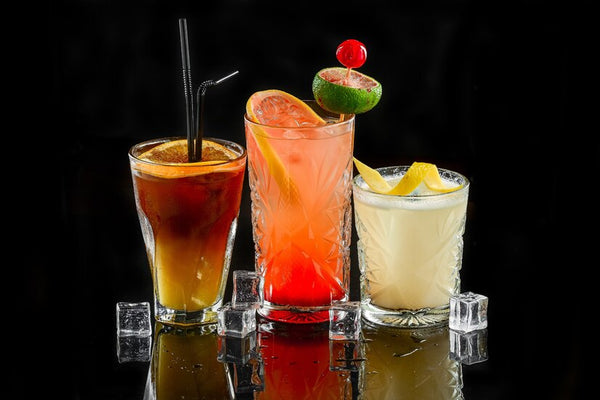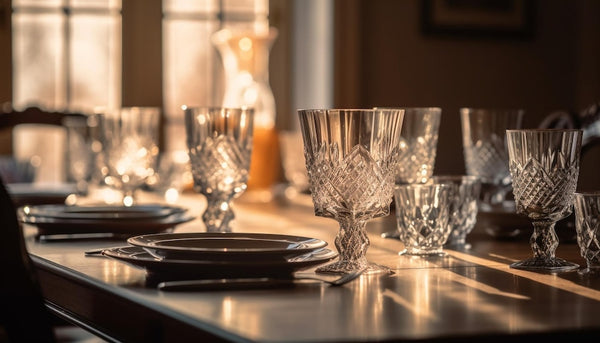
5 Best Raw Materials for Custom Glassware Design
Custom glassware allows you to personalize your drinkware collection and create unique pieces that reflect your style. But have you ever wondered what goes into making these stunning creations? The magic behind custom glassware lies in the raw materials used. These materials determine the final look, feel, and functionality of your custom pieces.
So, before you unleash your creativity, let's explore 5 key raw materials used in custom glassware design:
- Silica (Sand):
Silica, the most abundant material, forms the backbone of most glass. It's usually sourced from sand, though crushed quartz or quartzite can also be used.
- The Foundation: Silica provides the structure and strength needed to shape molten glass into beautiful glassware.
- Purity Matters: The purity of silica sand impacts the final clarity and color of the glass. High-purity sand creates clear glass, while colored sand or additives can create unique effects.
- Soda Ash (Sodium Carbonate):
Soda ash acts as a flux, lowering the melting point of silica and making it easier to work with.
- Lowering the Heat: Soda ash allows glassmakers to work at lower temperatures, making the glass-forming process more efficient and controllable.
- Chemical Reactions: Soda ash interacts with silica to create a stable glass structure.
- Limestone (Calcium Carbonate):
Limestone adds stability and durability to the glass. It also helps prevent the formation of unwanted crystals during cooling.
- Strength & Clarity: Limestone contributes to the overall strength and clarity of the finished glassware.
- Chemical Balance: It helps maintain a chemical balance in the molten glass, preventing cracks and imperfections.

- Additional Ingredients:
While the above three materials are the core components, glassmakers often add other ingredients to achieve specific effects:
- Color Pigments: Metal oxides like cobalt or copper can be added to create colored glass.
- Decolorizers: Manganese dioxide can be used to remove unwanted greenish tints and create clear glass.
- Frit: Pre-melted glass used to introduce color or special properties without affecting the melting process.
- Recycled Glass (Cullet):
Using recycled glass, or cullet, is becoming increasingly popular due to its environmental benefits.
- Eco-Friendly Choice: Cullet reduces the need for raw materials and lowers energy consumption during production.
- Quality & Consistency: Modern technology ensures recycled glass maintains the same high quality and consistency as virgin materials.
Choosing the Right Materials for Your Custom Glassware:
The best raw materials for your custom glassware depend on your desired outcome:
- Clarity: For crystal-clear pieces, prioritize high-purity silica and minimal additives.
- Color: Explore colored sand or specific metal oxides to achieve vibrant or subtle hues.
- Durability: A higher proportion of limestone can enhance the strength and chip resistance of your glassware.
- Sustainability: Consider using recycled glass cullet for an eco-conscious touch.
Working with a Custom Glassware Maker:
Discuss your vision and desired properties with a skilled custom glassware maker. They can advise you on the best raw materials to achieve your goals and ensure that the final product meets your expectations.
Last Word
Custom glassware offers endless possibilities for personalization. With the right raw materials and a skilled glassmaker, you can turn your unique vision into beautiful, functional pieces you'll cherish for years to come. So, get creative, explore the options, and let your imagination take shape in stunning custom glassware!


